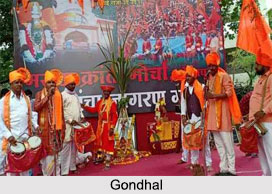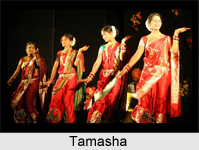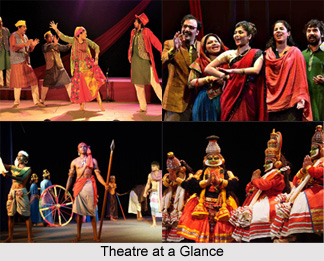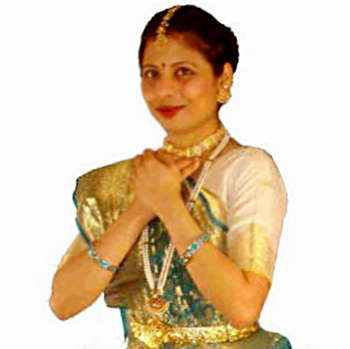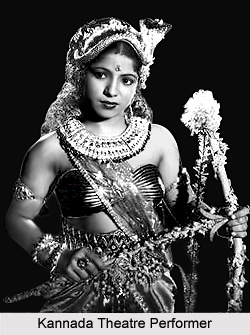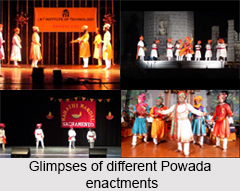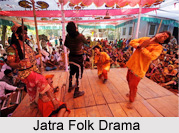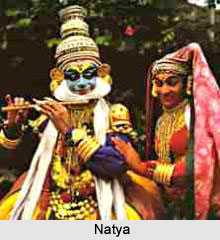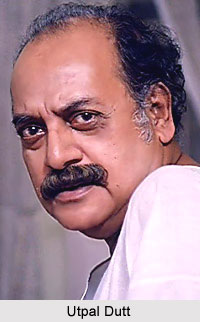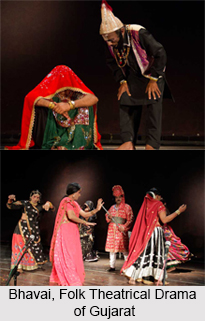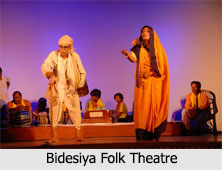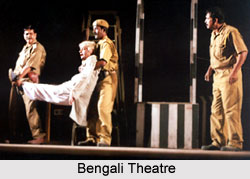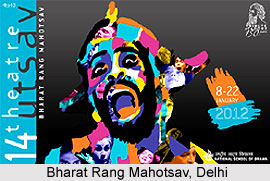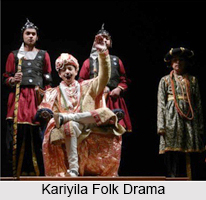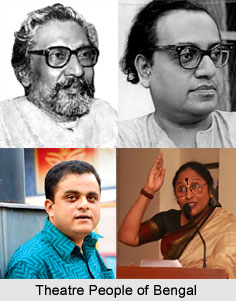Social Themes of Amateur Stage in Karnataka have played a major part in all the Kannada plays. After the initial impetus by Kerur Vasudevacharya and N. K Huilgol in North Karnataka, and by B. M. Shrikantiah in Mysore, scores of new plays were written, this proved to be fundamentally different from the professional type - particularly in the choice of the theme and use of dialogue. Thereafter, the theme selected was more often than not, social and topical: the dialogue was realistic and naturally colloquial. It was the new play - the play of ideas, which did not care for the spectacular that had so long ruled the professional stage.
The earliest available Kannada play of this type is Iggappa Heggadeya Vivaha Prahasana, written by a well-wisher of the Haviks (possibly by Shri Venkatarama Sastri of Kirki, North Karnataka). The play dealt with the topical theme of "marrying" of young brides to aged bridegrooms in return for a dowry - an evil custom that prevailed in the coastal area particularly among the Haviks, a section of the Brahmin community.` The play was first printed in Mumbai in the year 1887: it employed the dialect of the Haviks. There is no evidence of its having been staged anywhere. It is of course improbable that it was ever staged, except in very recent times, for it would undoubtedly have excited the wrath of the all powerful orthodoxy. Many a play written thereafter suffered the same fate as the Prahasan, for orthodoxy was still very powerful and the amateurs did not have the courage to shock them too severely.
The golden age of the amateur stage opened with the contributions of enlightened playwrights like T. P. Kailasm, A. N. Krishna Rao, Sriranga, Sivarama Karanth and D. R. Bendre who bravely carried the fight straight with the enemy`s camp. Unmindful of the hostility of the orthodoxy, they criticised and attacked many a deep rooted tradition which was an obvious social evil. In their writings, they achieved a happy harmony between the internal worth of the play and its stage worthiness, using wit and sarcasm as their chief weapon of social criticism. Kailasam started the new era of bounty in Mysore, Sriranga and Bendre in North Karnataka and Sivaram Karanth in South Kanara. They paved the path for quite number of younger writers like Ksheerasagara, Kaiwar Rajarao, Rajarathnam, M. N. Kamat, N. K. Kulkarni, L. J. Bendre, Chi Sadasiviah, Parvatavani and M. N. Babu. Most of them, like T.P. Kailasm, Sriranga and Karanth, distinguished themselves as competent stage-artists. Associating themselves with particular amateur groups, they wrote for them, directed them and acted with them. Thus it was not only the new play, but also its writer that inspired and shaped the Amateur theatre a situation almost unthinkable in the case of professional troupes.
